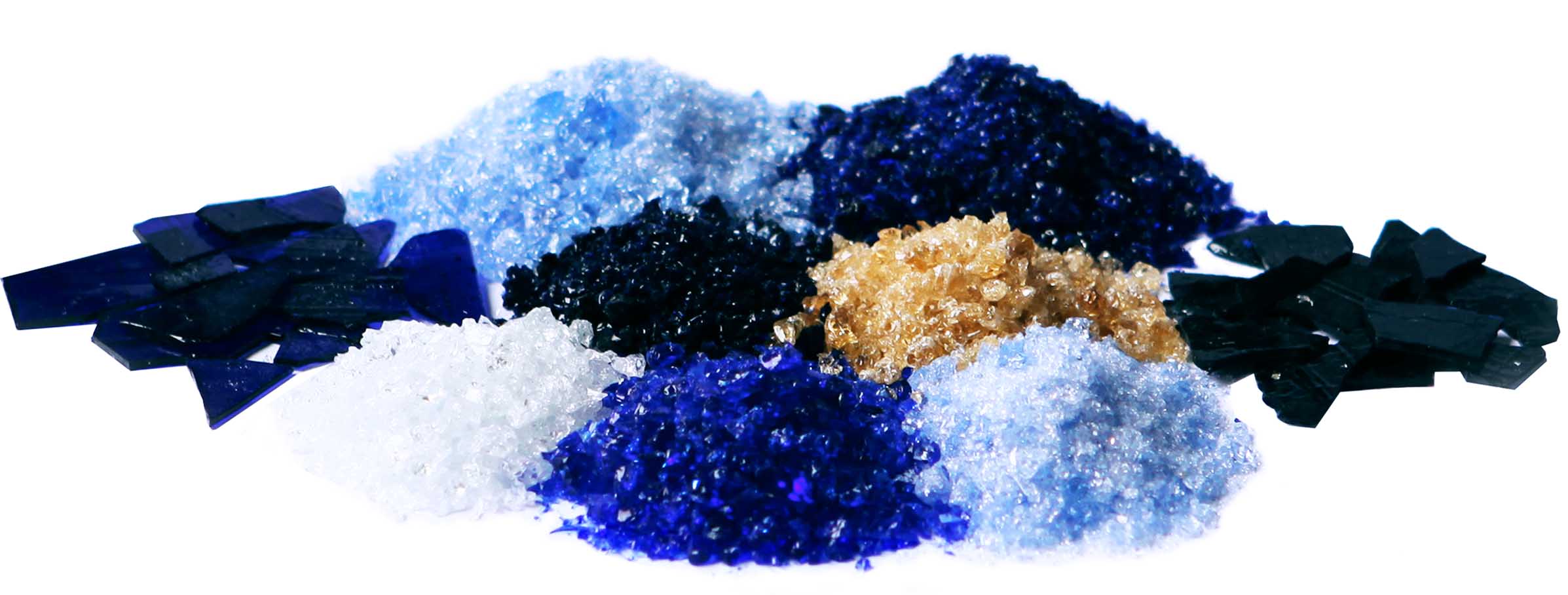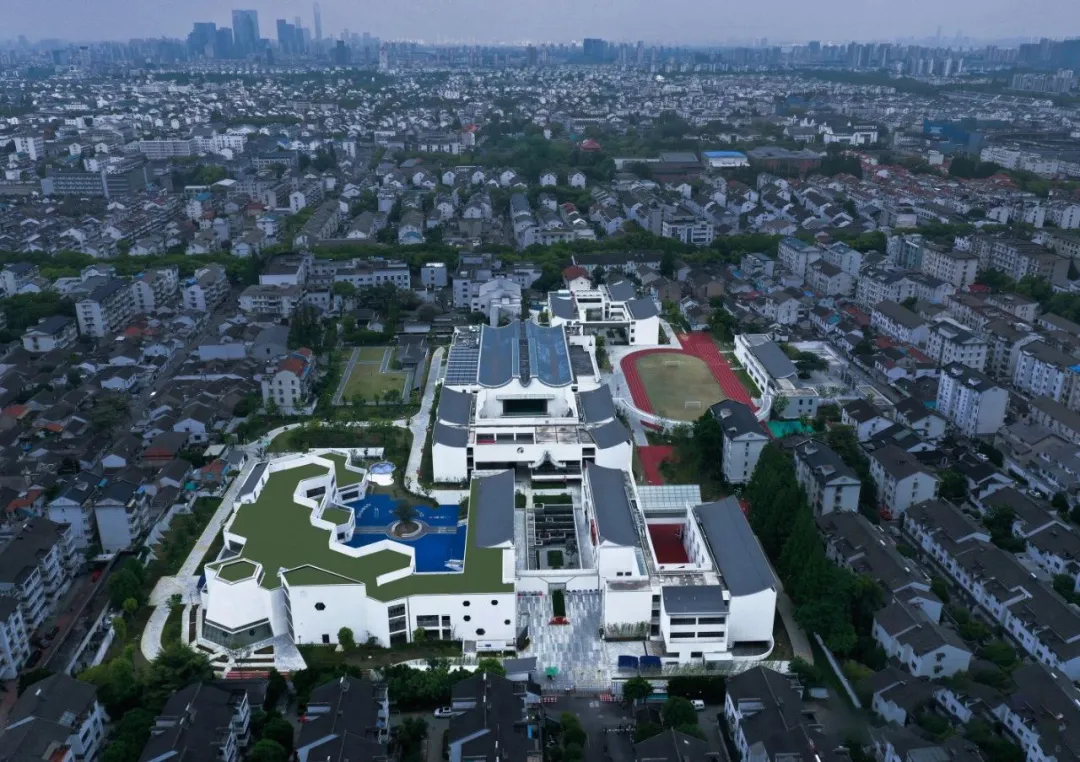In ceramic glazes, the substance that forms the “glass” is primarily silica, also known as silicon dioxide. Silica is the fundamental “glass former” in glaze compositions, playing a crucial role in creating the glossy, durable surface that defines finished ceramics.
When ceramics are fired in a kiln at high temperatures, silica melts and fuses to form a smooth, glass-like layer on the surface of the clay. This glass-forming process transforms raw glaze materials into a solid, protective coating that enhances both the durability and aesthetic of the piece. However, silica alone has a high melting point, so other compounds called fluxes—often oxides of sodium, potassium, or calcium—are added to lower the temperature at which silica melts. This helps create a stable, even glaze finish without excessively high kiln temperatures.
Another component, alumina, is often added to the glaze mixture to improve durability and control the flow of the melted glaze during firing. Together, silica, alumina, and fluxes create the chemical foundation for most ceramic glazes, allowing for a variety of textures, finishes, and colors, from glossy and transparent to matte and opaque.
The importance of silica as a glass former cannot be overstated—it’s essential in producing the clear, glassy surface that not only beautifies but also protects ceramics, making them food-safe and resistant to wear. As artisans continue to experiment with glaze formulas, silica remains the core ingredient that defines the glass-like quality of modern ceramic finishes.
When ceramics are fired in a kiln at high temperatures, silica melts and fuses to form a smooth, glass-like layer on the surface of the clay. This glass-forming process transforms raw glaze materials into a solid, protective coating that enhances both the durability and aesthetic of the piece. However, silica alone has a high melting point, so other compounds called fluxes—often oxides of sodium, potassium, or calcium—are added to lower the temperature at which silica melts. This helps create a stable, even glaze finish without excessively high kiln temperatures.
Another component, alumina, is often added to the glaze mixture to improve durability and control the flow of the melted glaze during firing. Together, silica, alumina, and fluxes create the chemical foundation for most ceramic glazes, allowing for a variety of textures, finishes, and colors, from glossy and transparent to matte and opaque.
The importance of silica as a glass former cannot be overstated—it’s essential in producing the clear, glassy surface that not only beautifies but also protects ceramics, making them food-safe and resistant to wear. As artisans continue to experiment with glaze formulas, silica remains the core ingredient that defines the glass-like quality of modern ceramic finishes.






